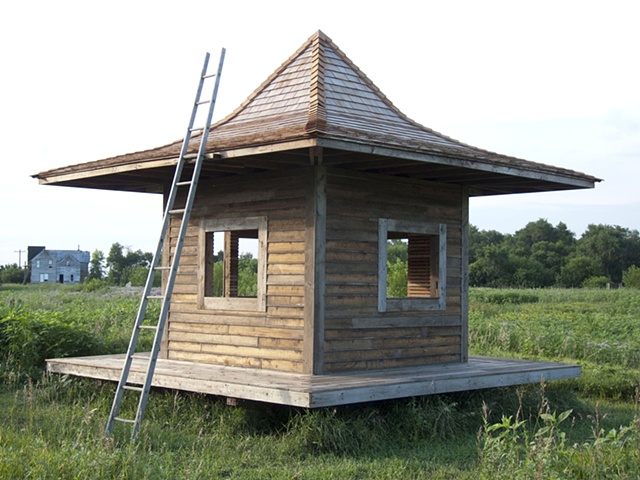Charles Tucker is an artist and researcher actively working toward an aesthetic research methodology, a goal that he has sought and investigated since the mid-1990s. The work utilizes a rhetorical model for aesthetic investigation and cultural production. To date the work has been responsible for several collaborative art productions most notably the Rhetorical Object and the Aesthetic Compass. Collectively, these works serve as virtual devices for the express purpose of mapping aesthetic information specifically artistic production.
“Much of my work is influenced by both the internal structures and interactions of artworks, natural forms and everyday constructed works. Regardless of the initial source of these structures, man made or adapted from the natural environment, my work is focused on the structural conditions associated with the component parts of the constructions. Specifically, my work might ask or examine the nature or difference between a work that is made by the human hand and that made by natural forces, are they different and if so, why? What is the difference between work done as labor, aesthetic intent or the desire to create an art-object? Simply, what makes an aesthetic work different, how is it constructed, what is its structural arrangement as both a physical object and a semiotic construction? It is this elusive relationship that my work probes, and it is art's disciplinary capacity to examine the poetic implications of these kind of non-linear connections and spaces that I find most intriguing.”
